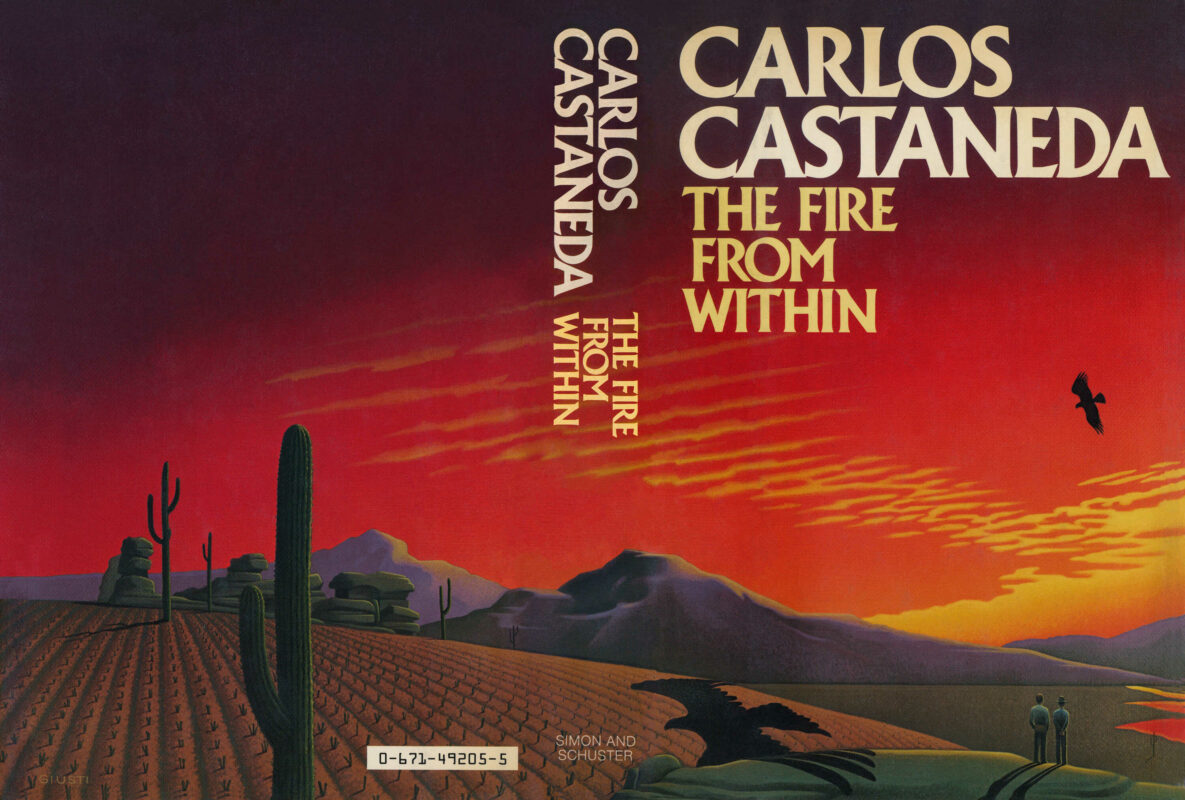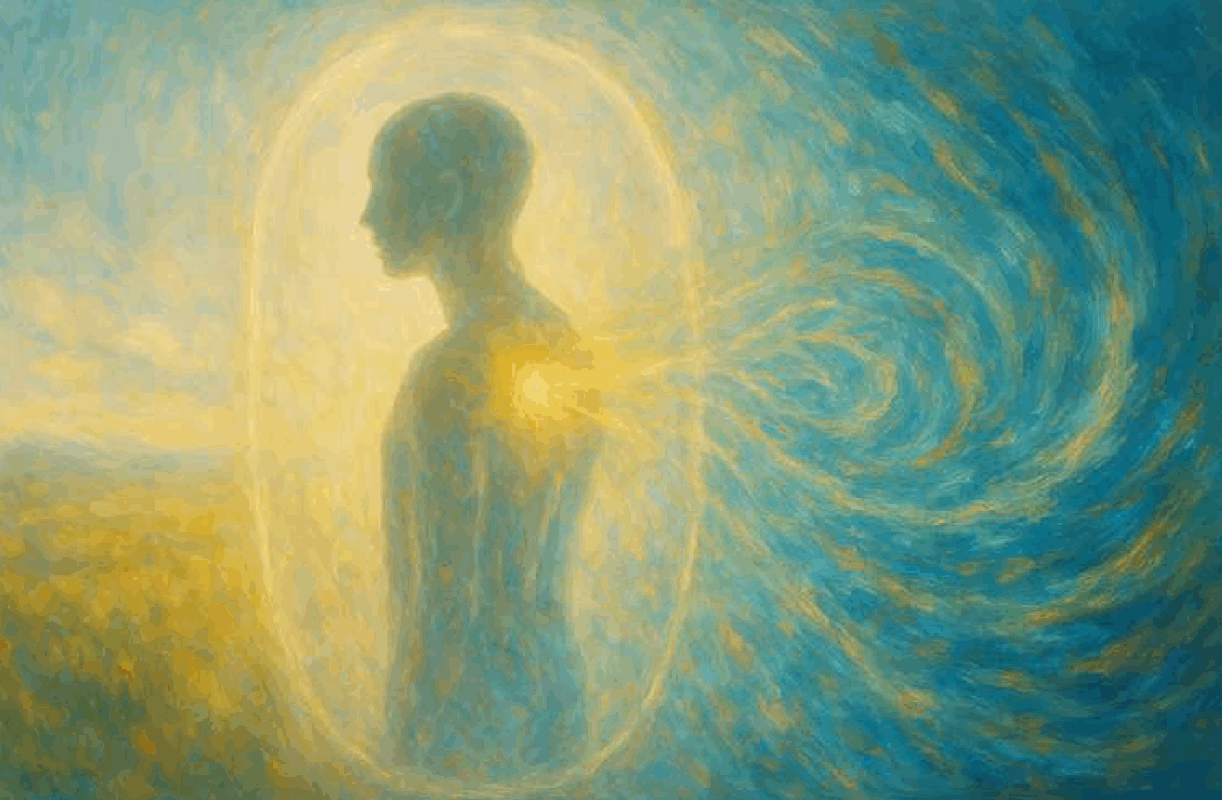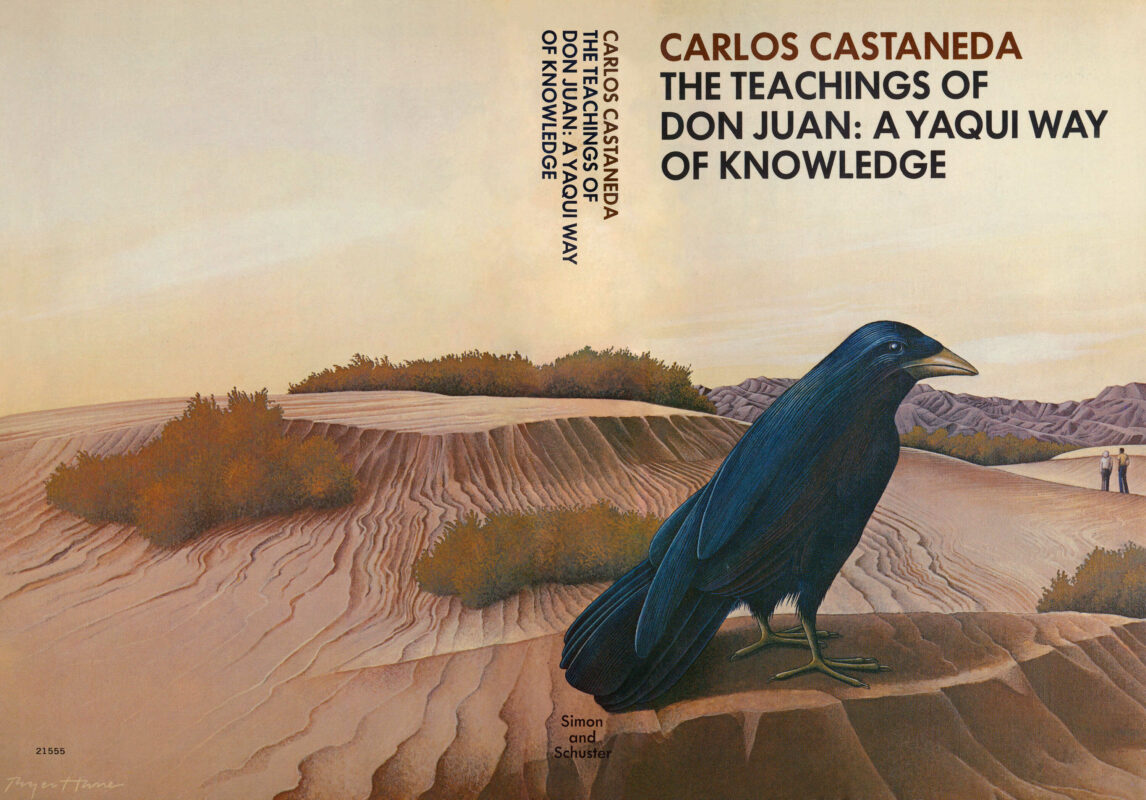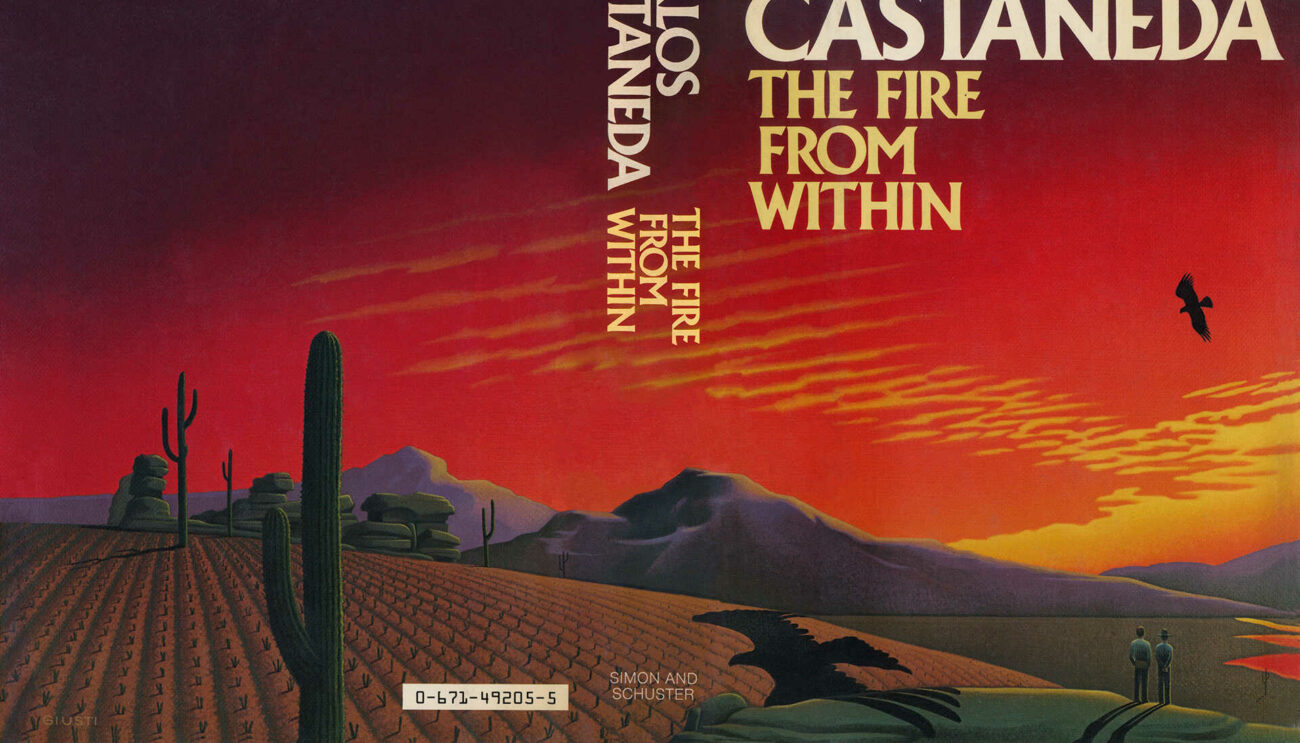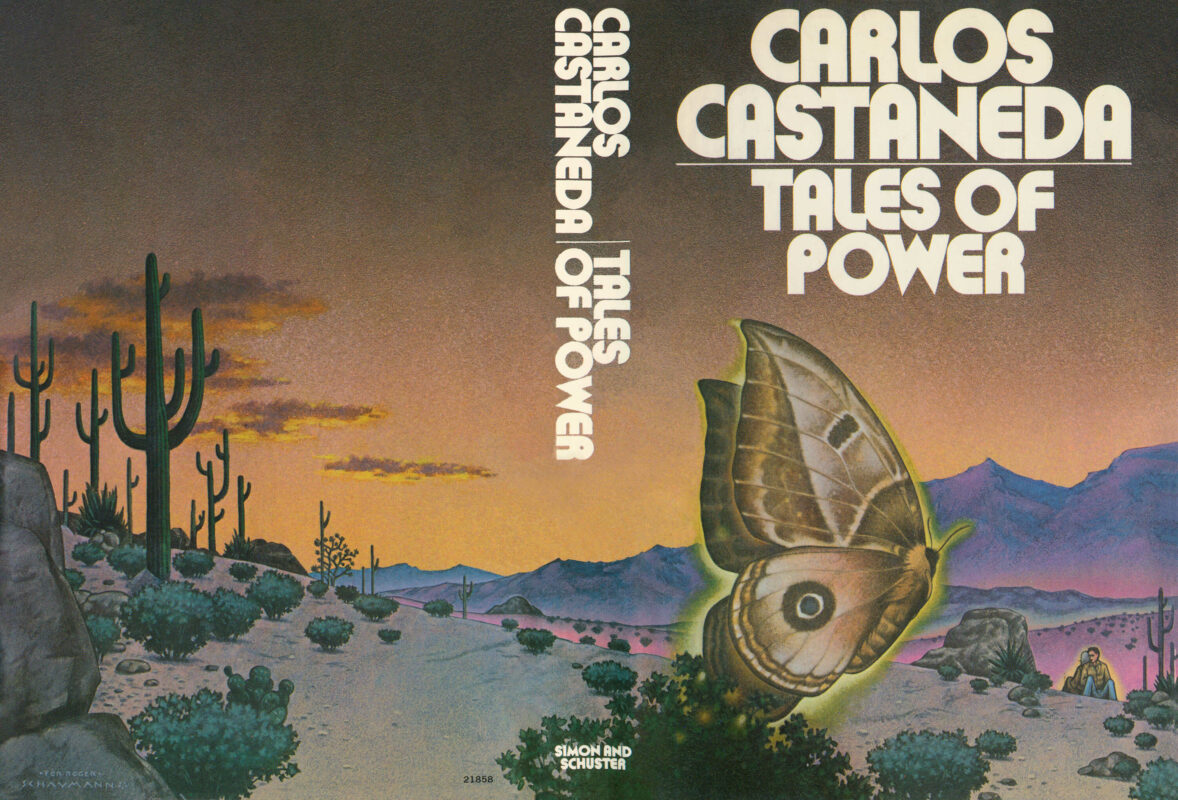Breaking the Barrier of Perception – The Fire from Within
Don Juan declares the culmination of his teachings on awareness, tasking Castaneda with breaking the barrier of perception unaided, by moving his assemblage point to assemble another world. He warns of a final test: jumping into an abyss from normal awareness, where success hinges on aligning a new world before impact. Castaneda, guided into a state of inner silence, experiences a shift into a familiar “sulfur dunes” world, and then into a black world, a uniquely valuable alignment. He encounters allies and perceives the black world’s peculiar timelessness, which ages the body. Don Juan explains that these are true shifts, not illusions, emphasizing the danger of being stranded in these new realities if one lacks control or the necessary support. He reveals that the old seers often misunderstood these shifts, mistaking them for literal ascensions or descents. The chapter culminates with Castaneda’s final challenge: to vanish the current world by entering the black world alone, a final act of inner silence and awareness that represents the warrior’s ultimate freedom and the dissolution of the everyday world.
Breaking the Barrier of Perception – The Fire from Within Read More »
